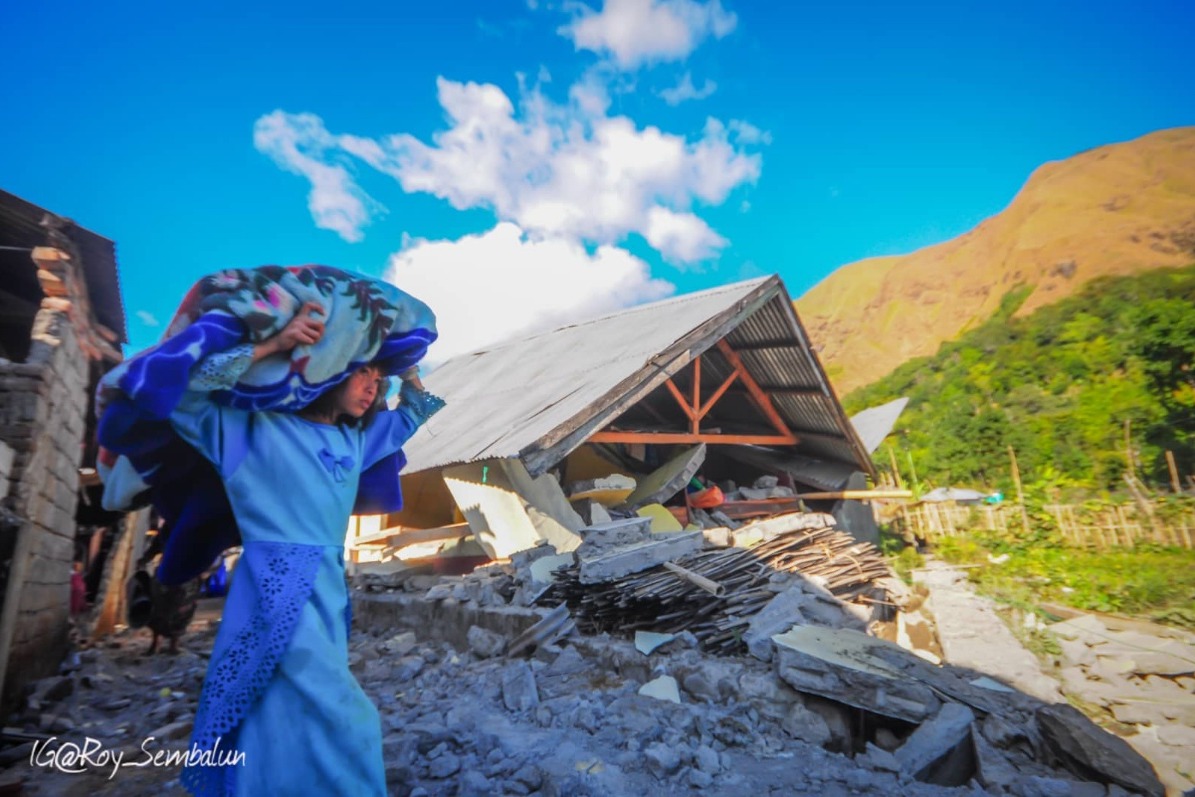- About
- Topics
- Picks
- Audio
- Story
- In-Depth
- Opinion
- News
- Donate
- Signup for our newsletterOur Editors' Best Picks.Send
Read, Debate: Engage.
| topic: | Sustainable Development |
|---|---|
| located: | Vietnam |
| editor: | Alex Nguyen |
The Kon Plong District in the Central Highlands province of Kon Tum, Vietnam, has experienced more frequent and intense earthquakes in the last three years. According to the Institute of Geophysics, the district witnessed 33 earthquakes during the century between 1903 and 2020 and 260 just since 2021, when a hydroelectric reservoir was built. In the first six months of 2023, the district and surrounding areas experienced 125 earthquakes. The strongest earthquake hitting the place in recent years had a magnitude of 4.7 on the afternoon of August 23, 2022.
In Vietnam, earthquakes with magnitudes ranging from 3 to 3.9 can cause household goods to shake but rarely cause damage. Earthquakes ranging from 4 to 4.9 are considered mild earthquakes; objects in the house may tremble or create noise but typically cause minimal or minor damage. The most significant earthquake in Kon Plong's history induced cracks in house walls, prompting confusion and fear for many households in resettlement zones on high hilltops.
The construction of a reservoir for the area's hydropower plant required several residents to relinquish their land and resettle higher up. These relocated individuals are now more vulnerable to earthquakes due to the increased elevation of their new homes.
According to Mr Nguyen Xuan Anh, head of the Institute of Geophysics, tectonic earthquakes are mainly caused by energy accumulation. Stimulated earthquakes are usually created by something like a hydroelectric dam.
“Earthquakes can be classified into two groups: natural causes and anthropogenic (human-induced) causes,” he explains. “Natural earthquakes are formed due to the accumulation of energy generated by tectonic faults or in areas with volcanic eruptions. Meanwhile, earthquakes are stimulated by human activities such as constructing reservoirs and hydroelectric dams.”
Stimulated earthquakes first appeared in Vietnam at the Song Tranh 2 Hydropower Plant in the Quang Nam province in 2012 and still occur today.
In Kon Plong, two reservoir projects connected to the Thuong Kon Tum and Dak Dring hydropower plants are located near the epicentre of the tremors. These projects are all designed to withstand earthquakes with magnitudes of 7-8.
Hydroelectric reservoir water storage mechanisms are considered the initial cause of induced earthquakes. However, the Ministry of Science and Technology representatives determined that the recent earthquakes in the Kon Plong district were not severe, and the cause has not yet been established.
However, Dinh Van Non of the Dak Nen commune in Kon Plong stated that the district has been experiencing tremors for about two years, with earthquakes occurring more frequently and intensely than before 2021. "I'm not sure if it's because of hydropower. But there hadn't been any shaking in this area before the earthquake at the Thuong Kon Tum hydroelectric reservoir," he explained.
Image by Ruslan Bardash.

